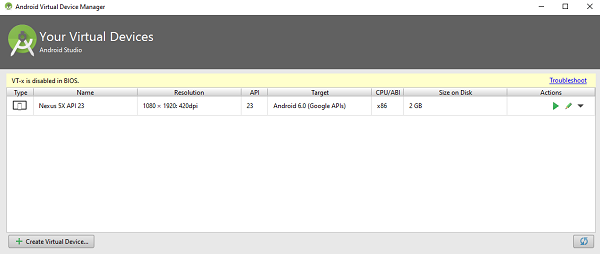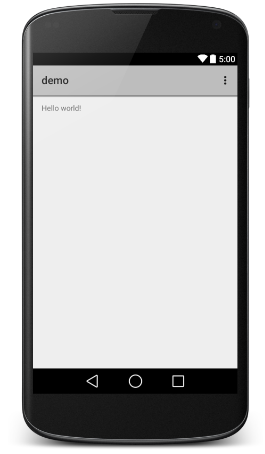In android studio if you come with issues many times if using old android version API like api 19 or older and you get error like this ."Installation failed with message INSTALL_FAILED_INVALID_APK."
How to solve ?By researching lot on net i finally found 1 reasonable solution. But For that your android must be rooted.
Steps:
How to solve ?By researching lot on net i finally found 1 reasonable solution. But For that your android must be rooted.
Steps:
- Download and Install Root Explorer From Playstore
- Open Root Explorer
- First Give permission (Click MOUNT r/w) option on enable to get write permissions.
- Go to storage------->sdcard1
- Press menu Button and Create Folder name it 'tmp'
- select folder options and select last option "Link to this folder"
- Now go back to main directory(/) press back until you see / at path (see top)
- Now go to "data"------> "local" open local folder ;and press link to this older.
- You are done try again it will work.

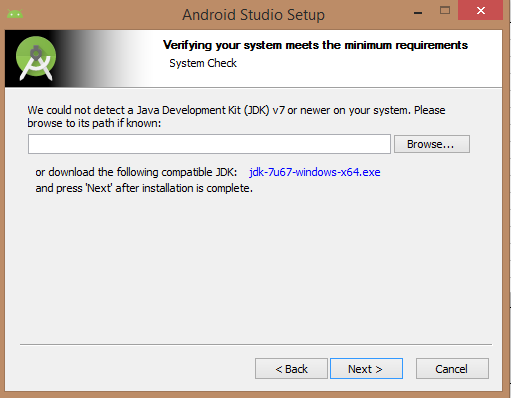 Below the image initiating JDK to android SDK
Below the image initiating JDK to android SDK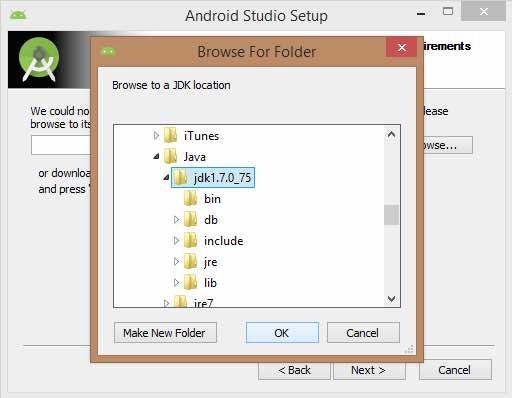
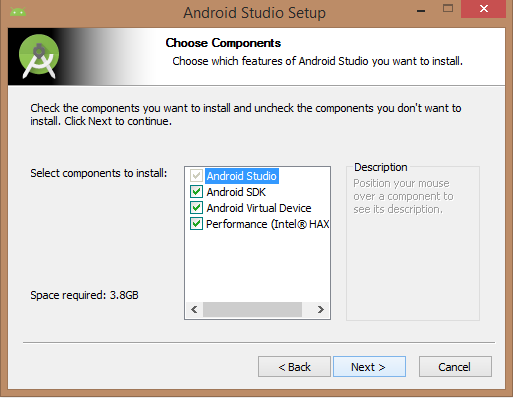 Need to specify the location of local machine path for Android studio
and Android SDK, below the image has taken default location of windows
8.1 x64 bit architecture.
Need to specify the location of local machine path for Android studio
and Android SDK, below the image has taken default location of windows
8.1 x64 bit architecture.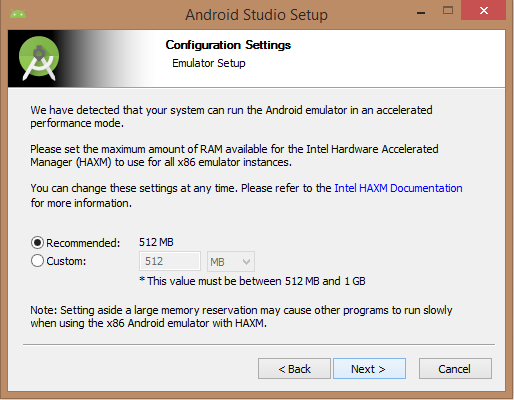 At final stage, it would extract SDK packages into our local machine,
it would take a while time to finish the task and would take 2626MB of
Hard disk space(if using latest version it is increased to 2.8gb).
At final stage, it would extract SDK packages into our local machine,
it would take a while time to finish the task and would take 2626MB of
Hard disk space(if using latest version it is increased to 2.8gb). 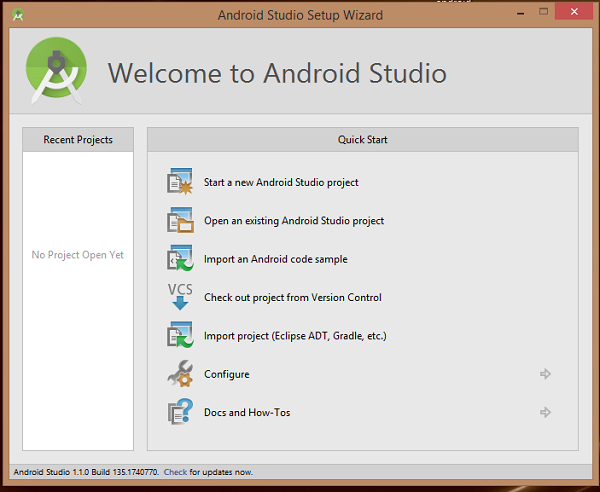
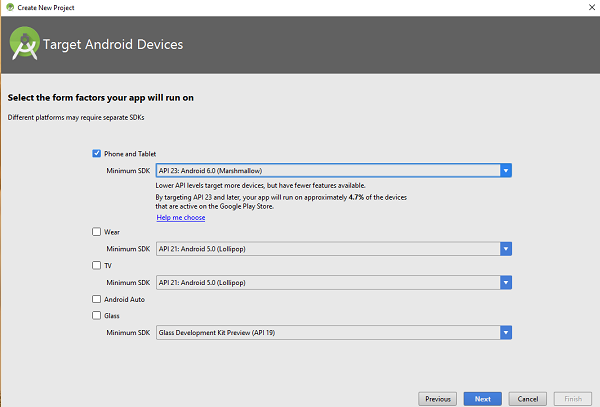 The next level of installation should contain selecting the activity to mobile, it specifies the default layout for Applications
The next level of installation should contain selecting the activity to mobile, it specifies the default layout for Applications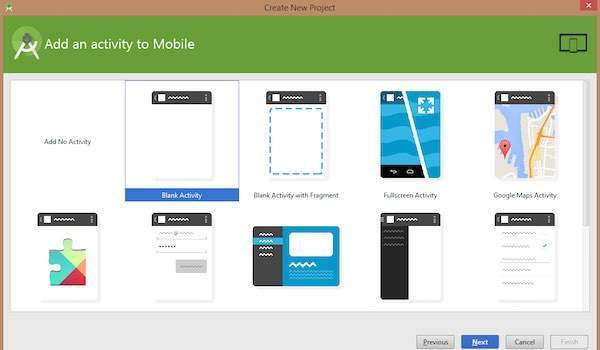
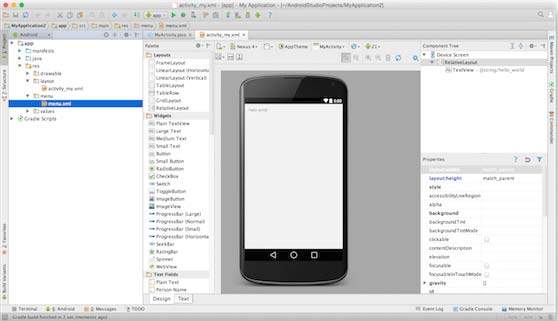
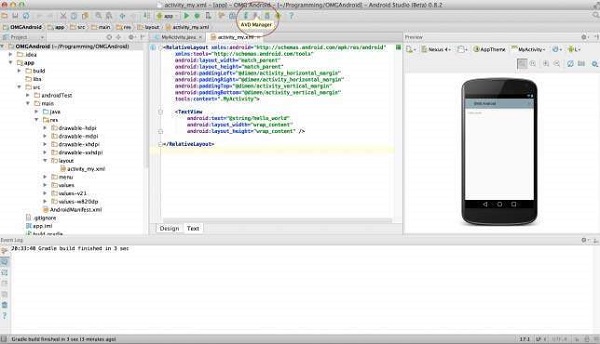 After Click on a virtual device icon, it going to be shown by default
virtual devices which are present on your SDK, or else need to create a
virtual device by clicking Create new Virtual device button
After Click on a virtual device icon, it going to be shown by default
virtual devices which are present on your SDK, or else need to create a
virtual device by clicking Create new Virtual device button